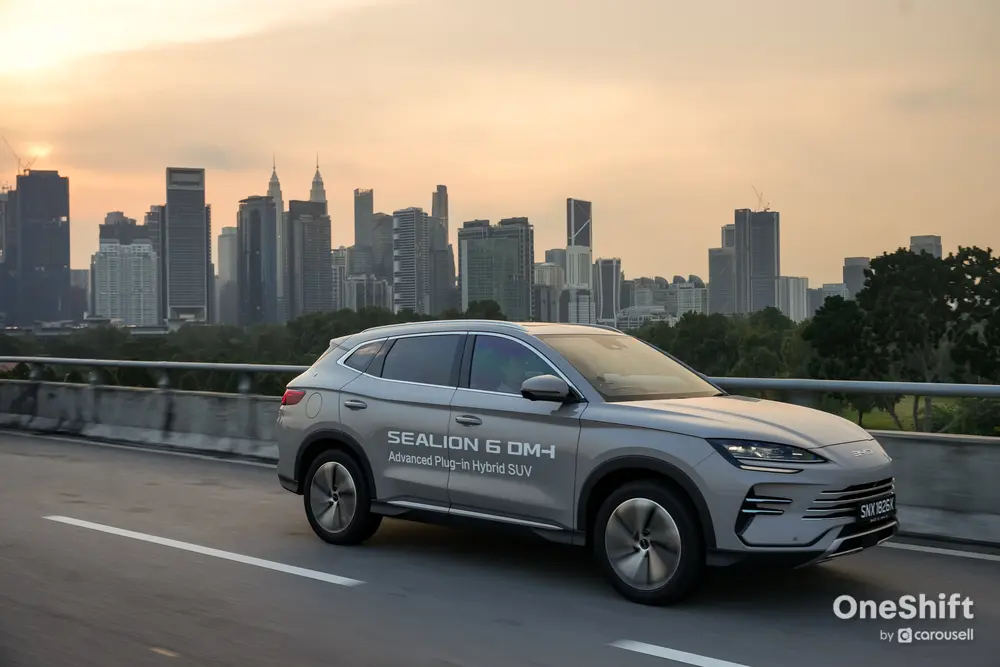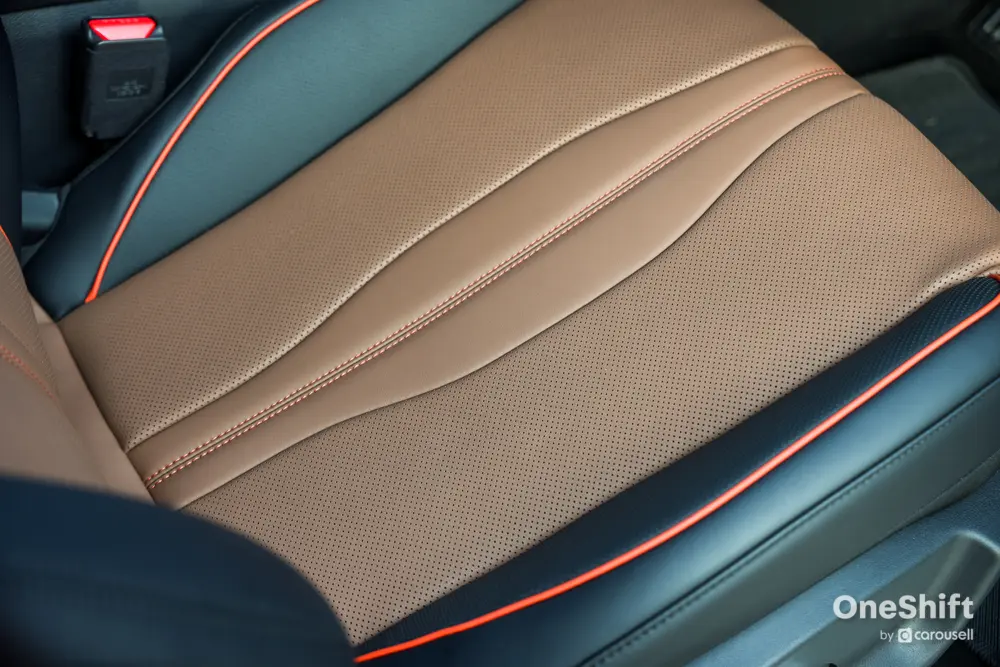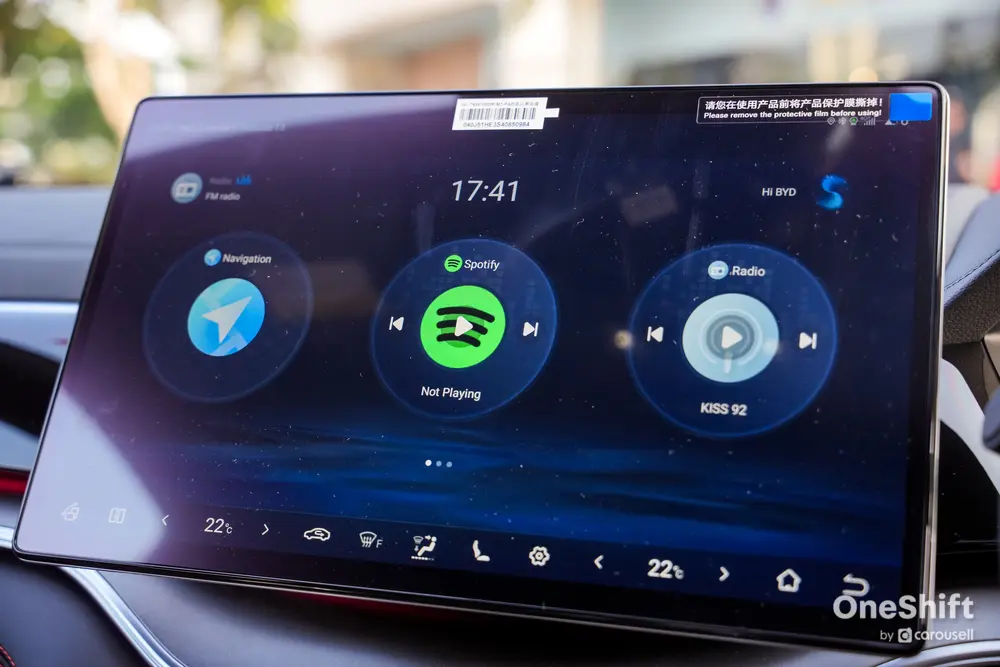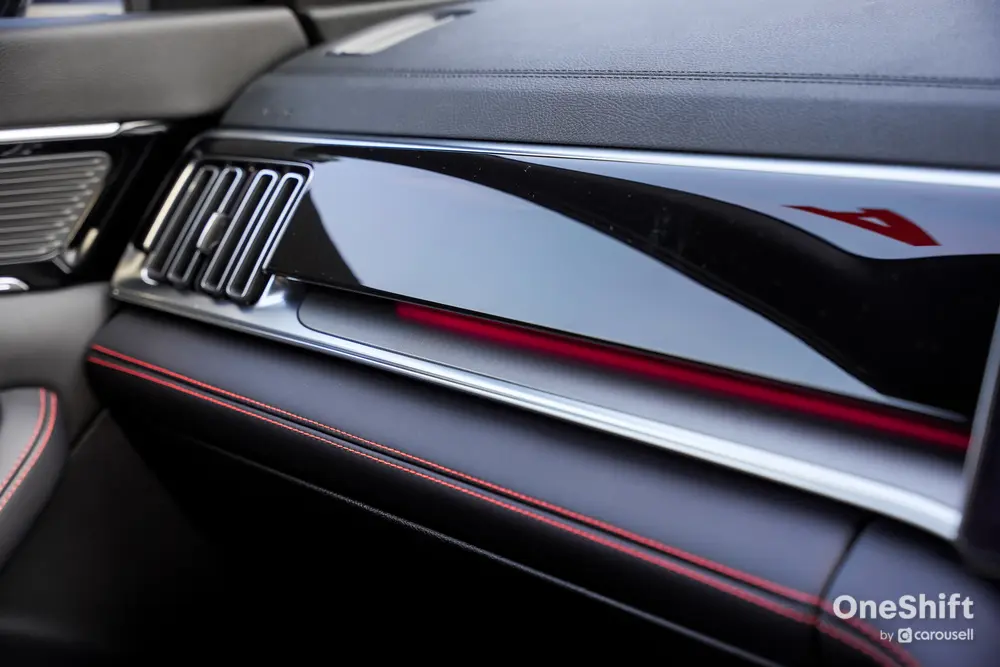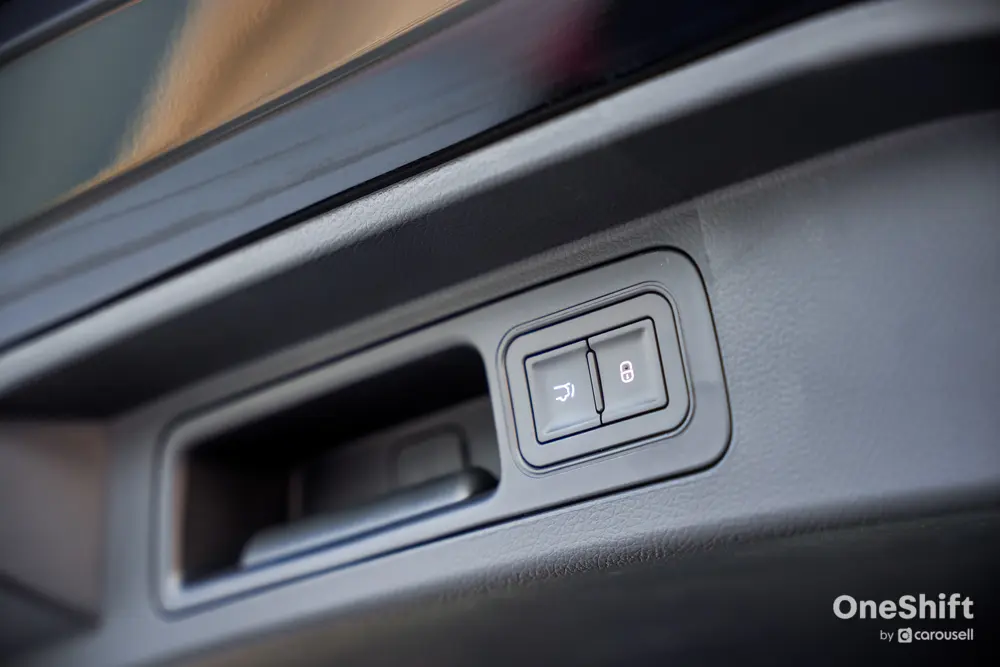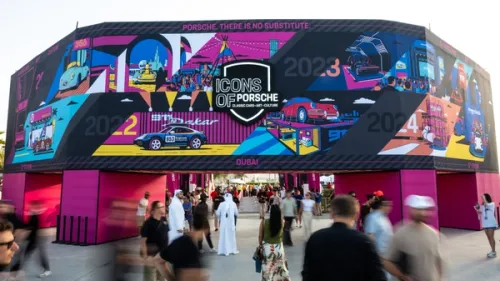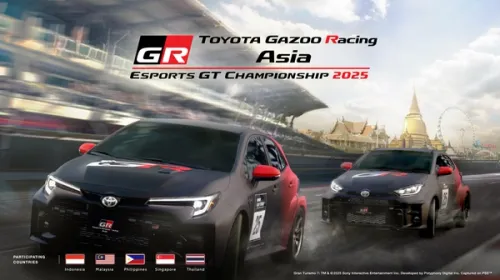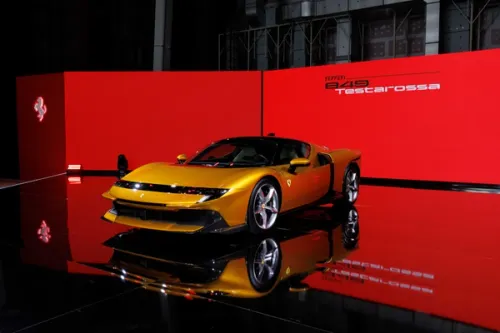BYD Sealion 6 DM-i First Drive Review: Plugged-in Gentleness
Incumbent BYD launches its first car in Singapore with an ICE engine under the bonnet, offering more than 1,000km of range.


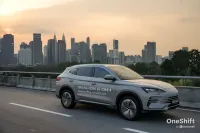
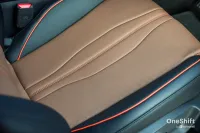



GENTING HIGHLANDS, Malaysia - Just as recently as last year, BYD reiterated that they wouldn’t bring in plug-in hybrid (PHEV) vehicles into Singapore. They cited the unfavourable taxation system that would make pricing uncompetitive.
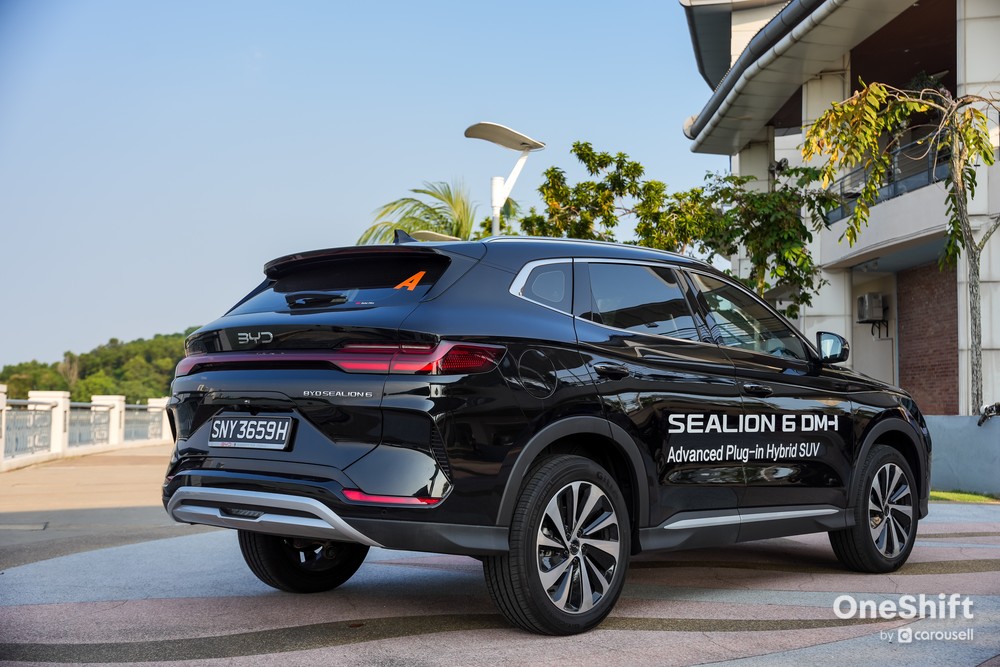
So it was a bit of a surprise when in March this year, BYD head honcho Liu Xueliang said that they would consider introducing PHEVs into Singapore after all, on the premise of offering consumers more choice. It was hot on the heels of the launch of the Sealion 6 in other Southeast Asian markets such as Brunei, Thailand and the Philippines.
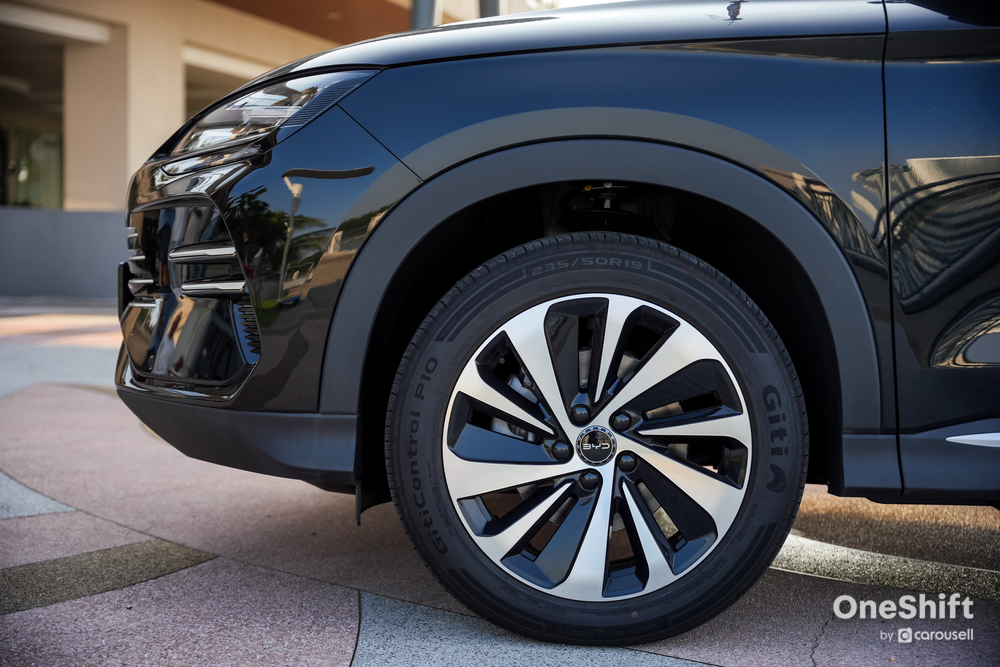
In some three months or so since that press conference in Shenzhen, we are now huddled together in Malaysia for the press drive of the Sealion 6 DM-i. The car is to launch in Singapore mid-July. To say that BYD moves quickly is perhaps an understatement.
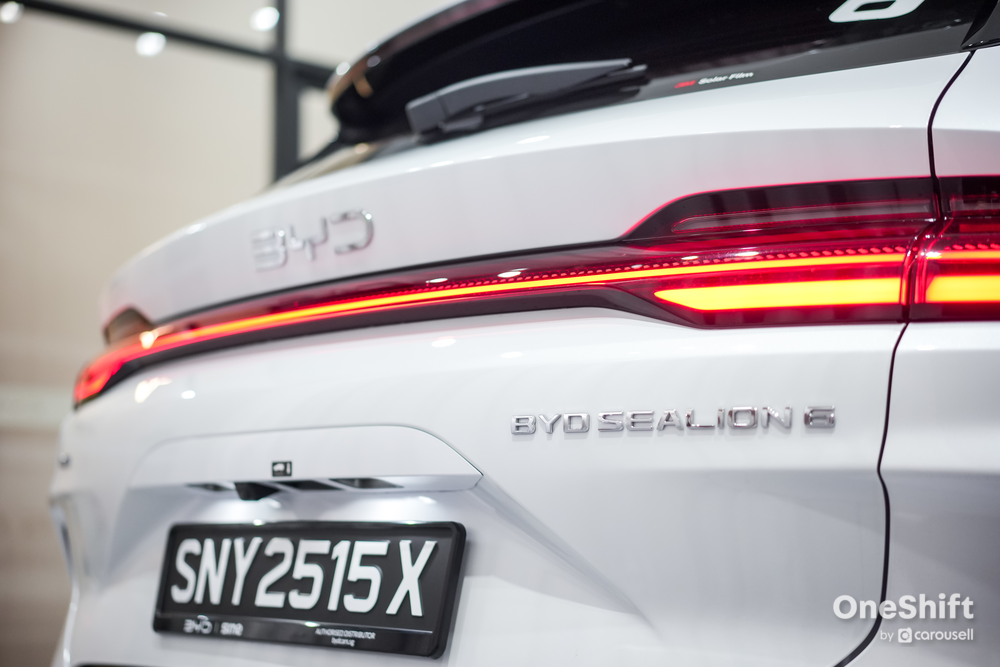
What variants of the Sealion 6 can we expect in Singapore?
Finer details are yet to come, but we do know that the Sealion 6 bound for Singapore will only be the single-motor front-wheel drive (FWD) variant, and it’ll be in similar specification to the Sealion 6 sold in Thailand.
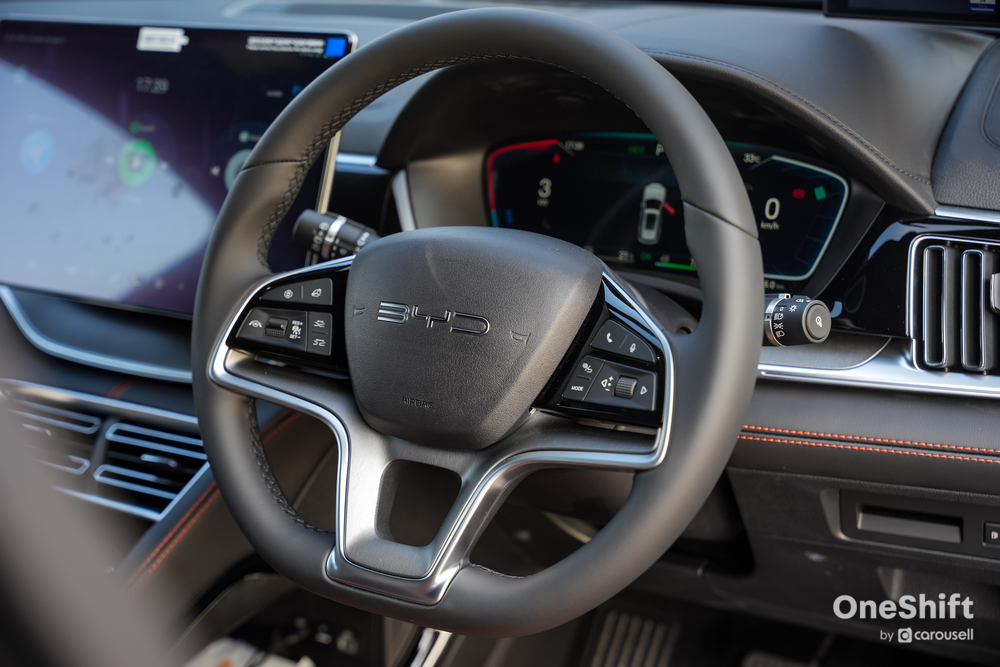
It’s easy to see why they decided on this lower-powered variant for Singapore, as even this is already expected to be slightly pricier than the all-electric Sealion 7. We estimate a pricing of around $210k. Therefore, it would be hard to see the dual-motor Sealion 6 selling well when it will cost significantly more than the Sealion 7.
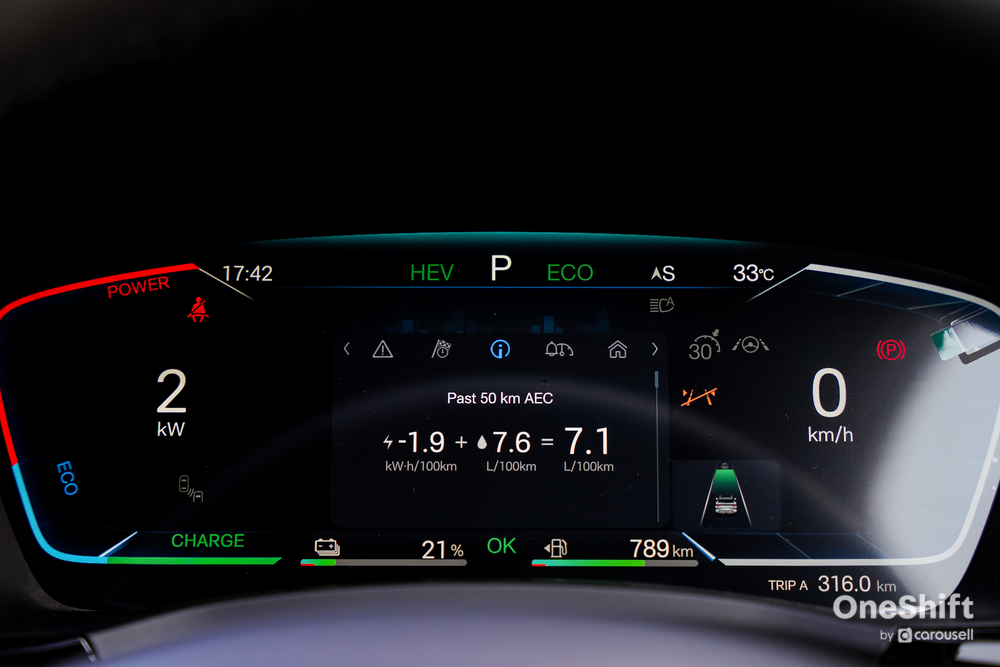
That said, it places the Sealion 6 in direct competition with the Jaecoo J7 PHEV, which has already been in the Singapore market since January this year when it launched at the Singapore Motorshow.
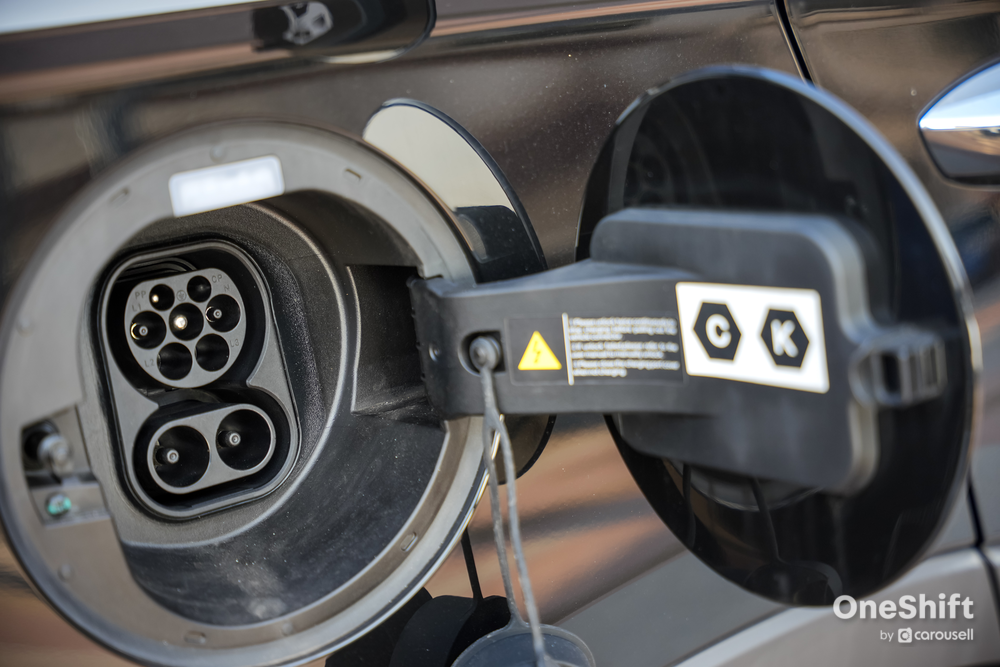
It’s worth noting that the Jaecoo J7 features the BYD Blade battery, while offering more power, torque and range. That BYD will be entering the segment with weaker on-paper stats is a show of confidence.
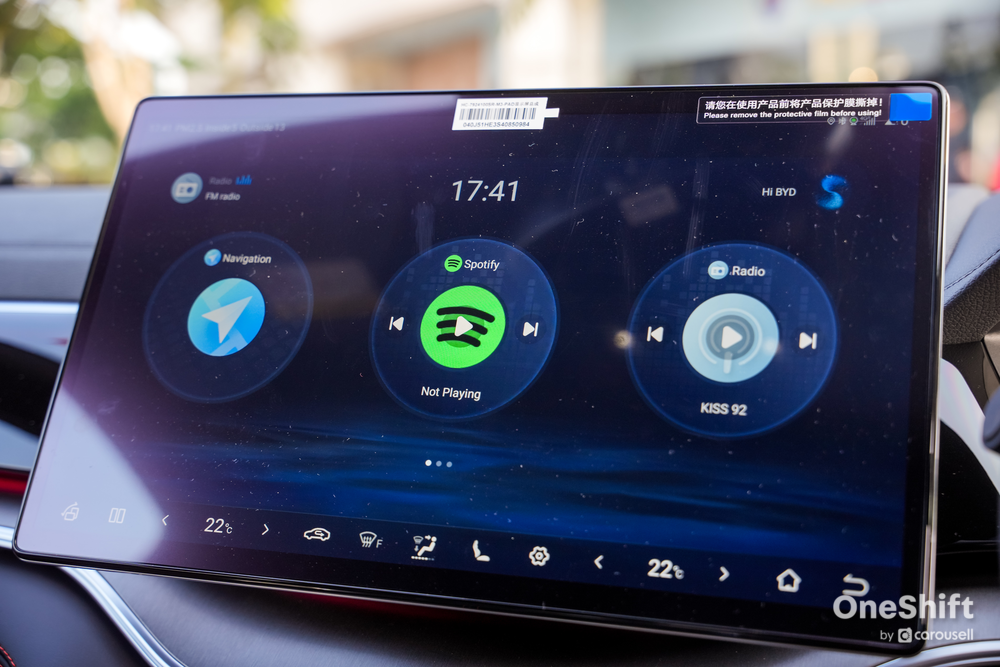
BYD is that certain it will succeed?
After all, BYD has Vantage Automotive as its official distributor and dealer, as well as four other dealers representing it across the island. It’s easily the largest dealer network of any passenger car brand in Singapore right now.
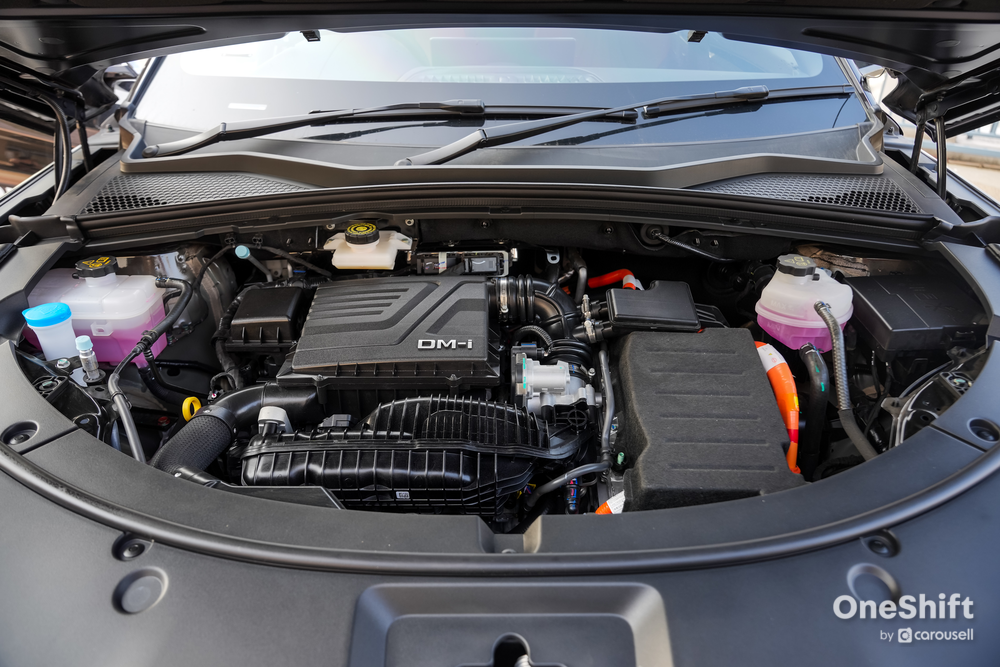
It’s also obvious that BYD is now the brand with the highest recognition and recall among the general populace. It is no exaggeration to say that it is as recognisable as a Toyota or Honda today.
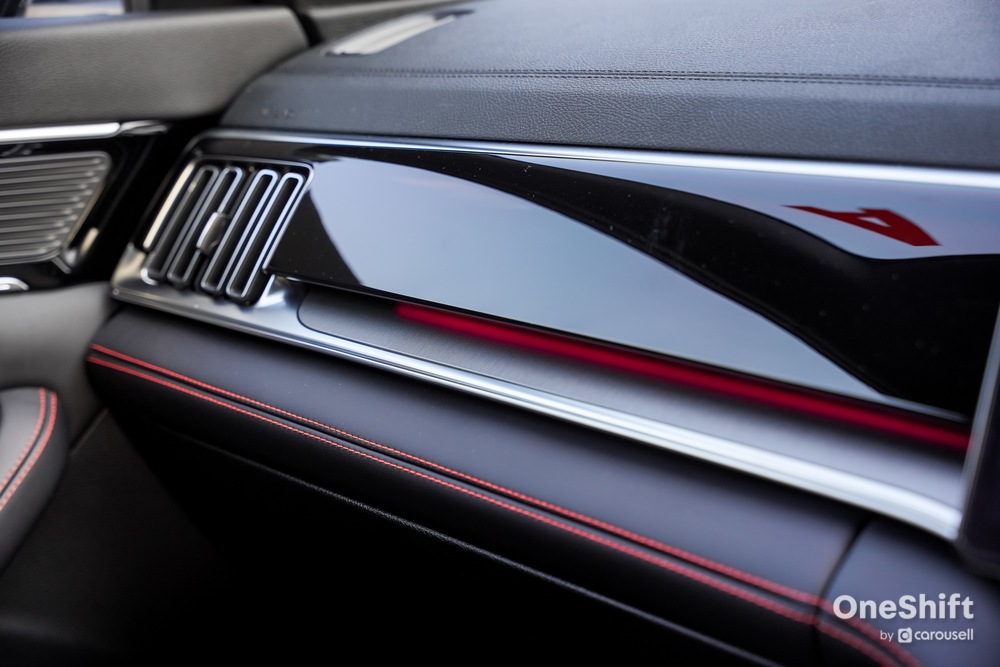
So perhaps that has given BYD some bravado to bring in the Sealion 6.
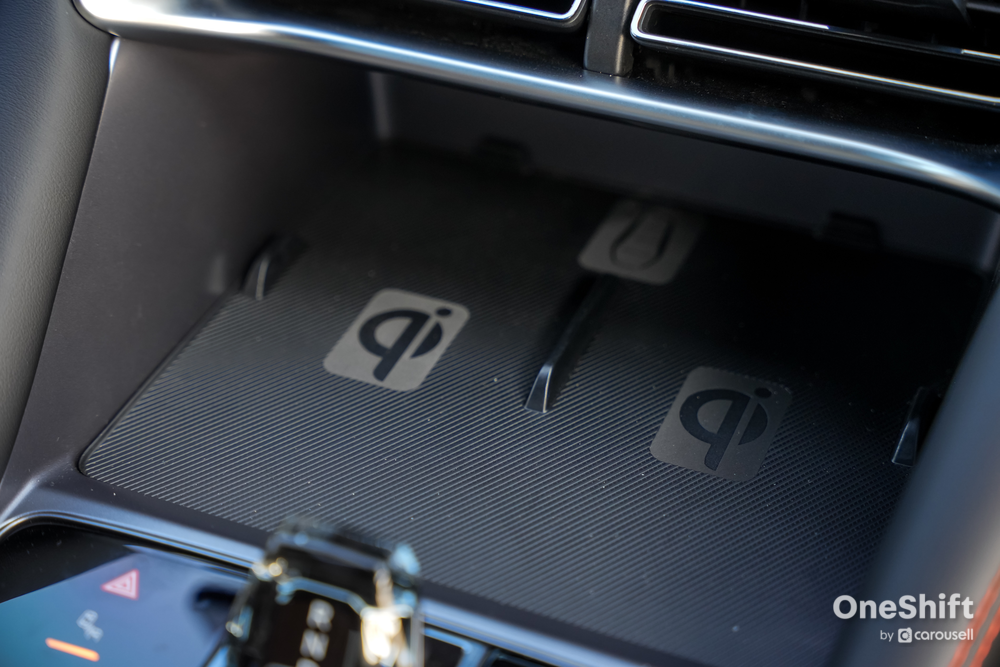
Tell me about the looks of the Sealion 6.
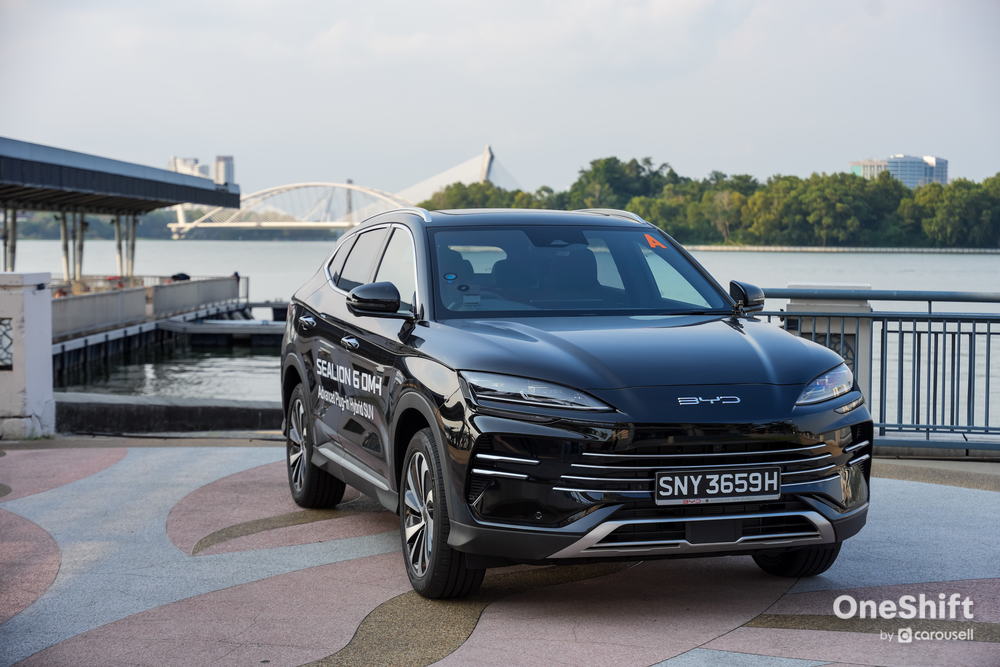
It looks more conventional than the coupe-like Sealion 7, and cuts an attractive figure with its wide stance and full length tail lights. The front has the same recognizable fascia as BYD’s other models. It’s a pleasant looking car overall.
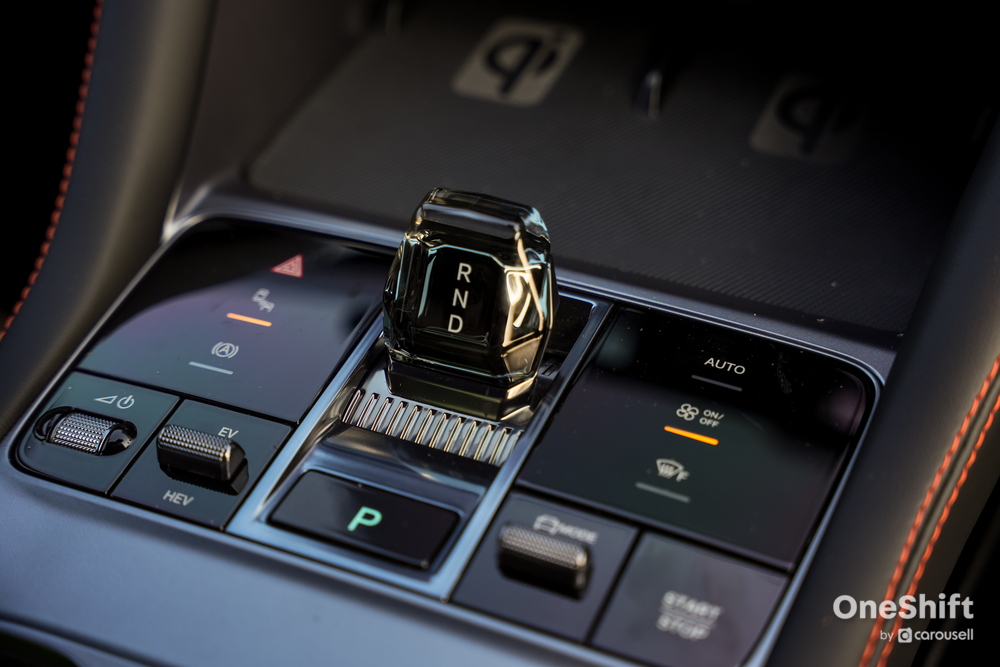
What’s the interior of the Sealion 6 like?
On the inside, the Jaecoo doesn’t have the effortless modernity of the Sealion 7. It borrows a bit of the funkiness of the Atto 3 in terms of its contrast colours, but in a more understated way. It works well but it feels a bit dated.
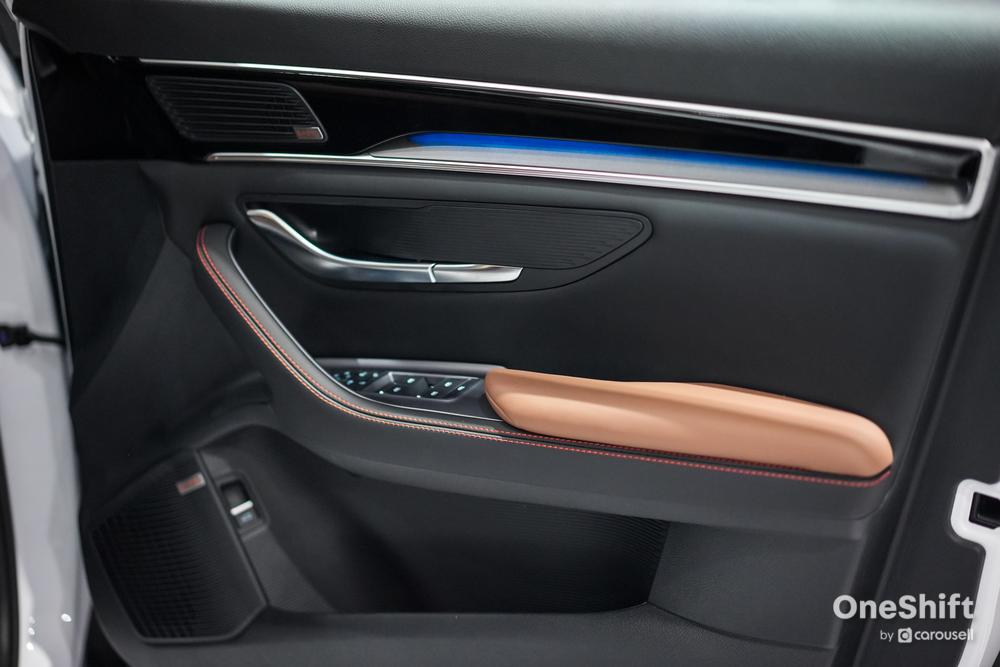
At least the infotainment system is updated and feels better to use than BYD’s past attempts. The instrument cluster is also customizable across different views.
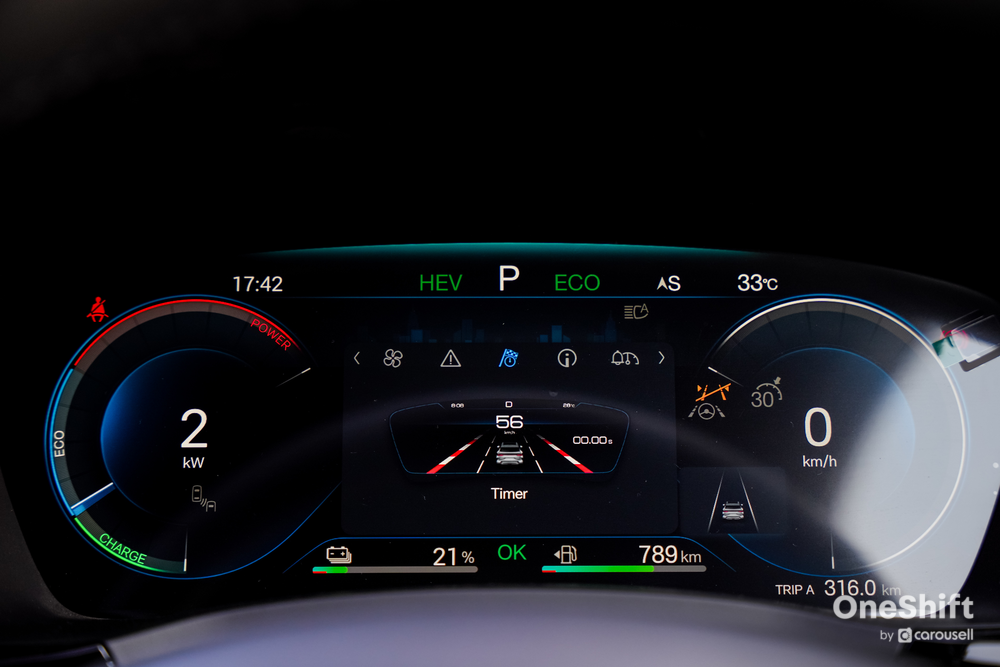
Material quality is above average, and you can find stitched leather on both the top and bottom part of the dashboard. Only at the lower part of the doors do you feel some hard plastics.
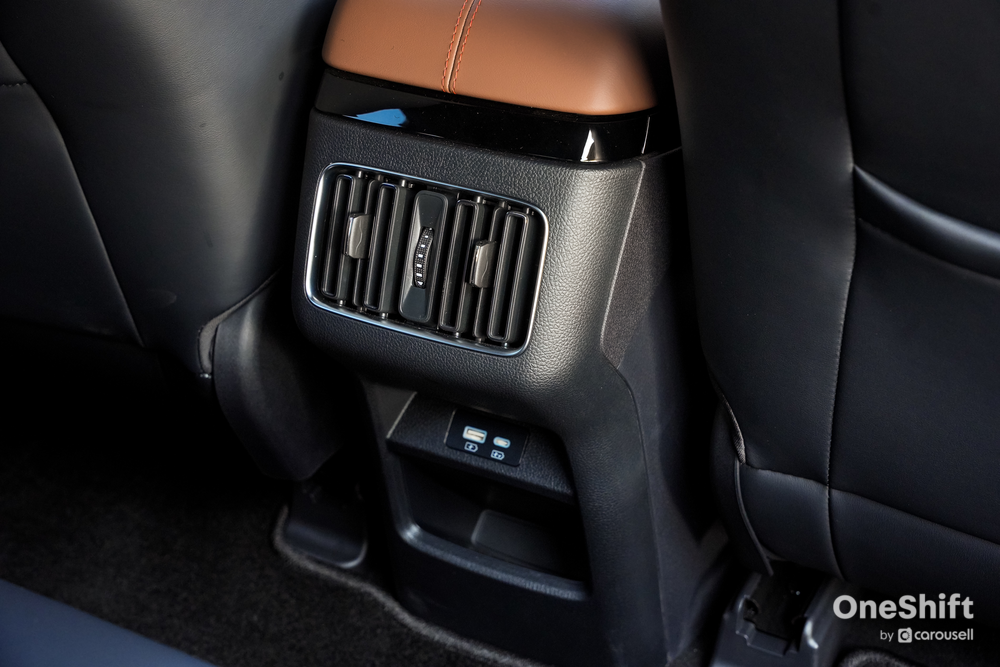
Space in the Sealion 6 is very generous, and is as good as in the Sealion 7. The rear seats in particular are very comfortable, with a nice recline and a flat floor.
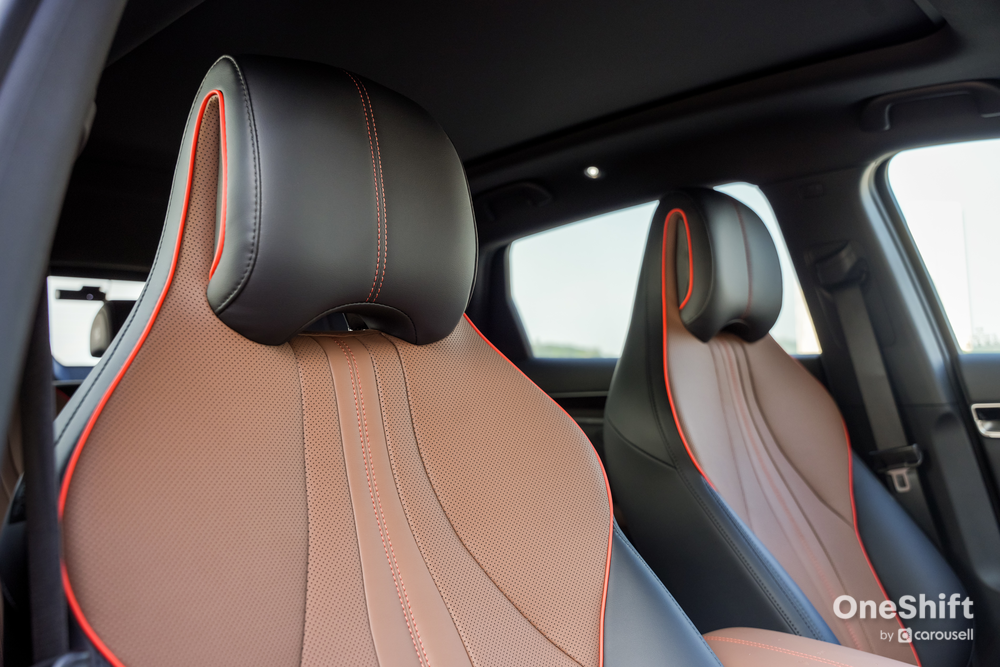
However, the coveted ventilated seats are only reserved for the front two occupants. Specification is very good overall, with highlights like a panoramic sunroof, all driver assistance systems and electric seats up front. However, there is no auto parking nor blinds for the rear doors.
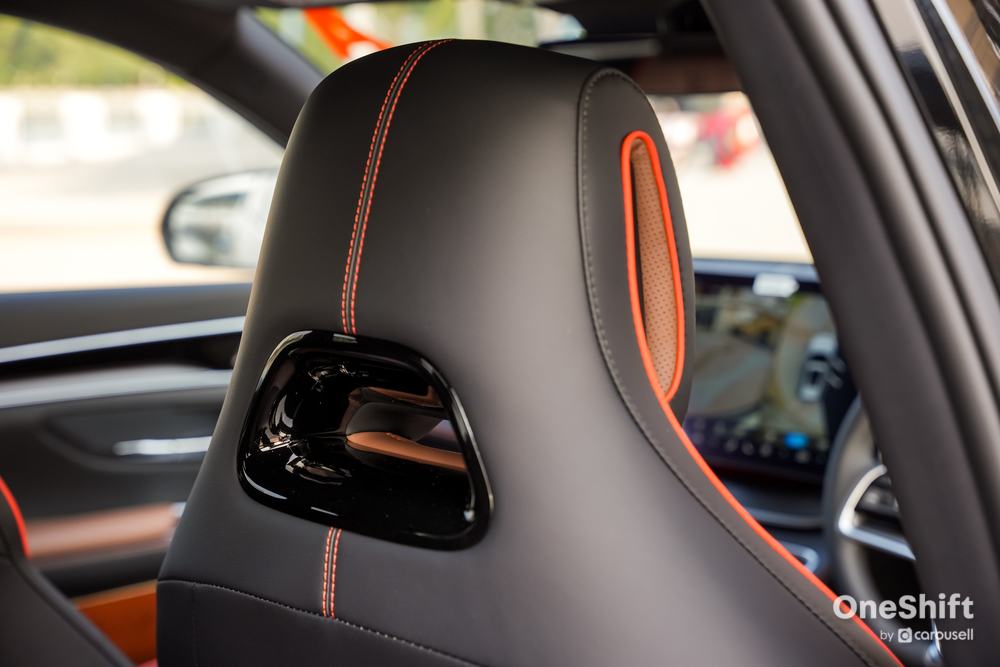
How is the Sealion 6 like to drive?
With a combined output of 215 bhp and 300 Nm, the Sealion 6 has very modest outputs, which gives a 0-100 km/h time of 8.5 seconds.
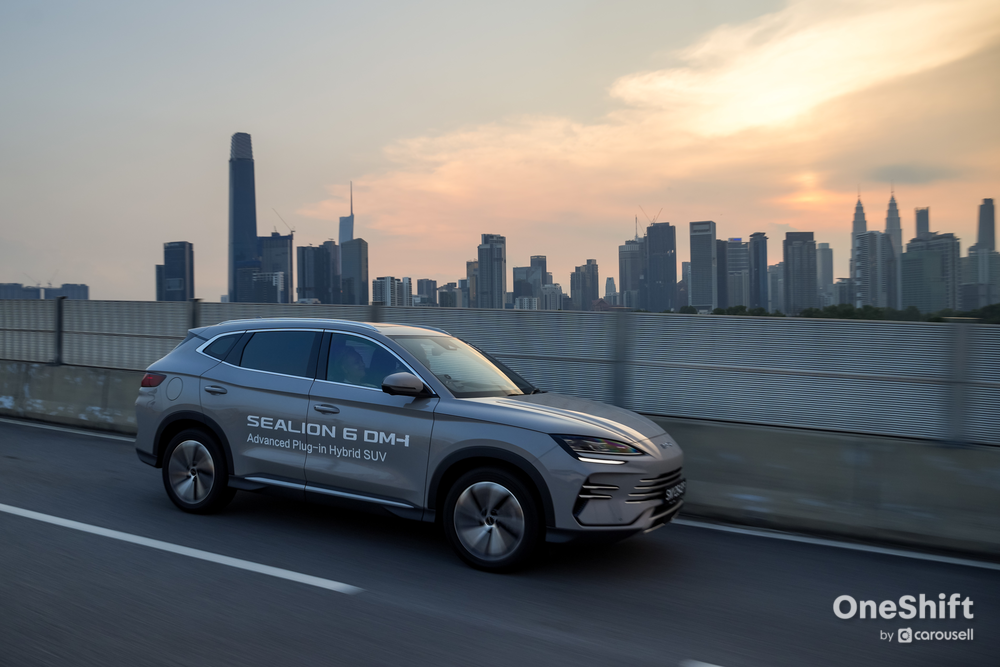
It’s not slow, but it won’t feel quick like the Jaecoo J7 which boasts 347 PS and 525 Nm, a large part thanks to its turbocharged 1.5-litre engine (the BYD makes do with an NA engine of similar displacement) and more powerful electric motor.
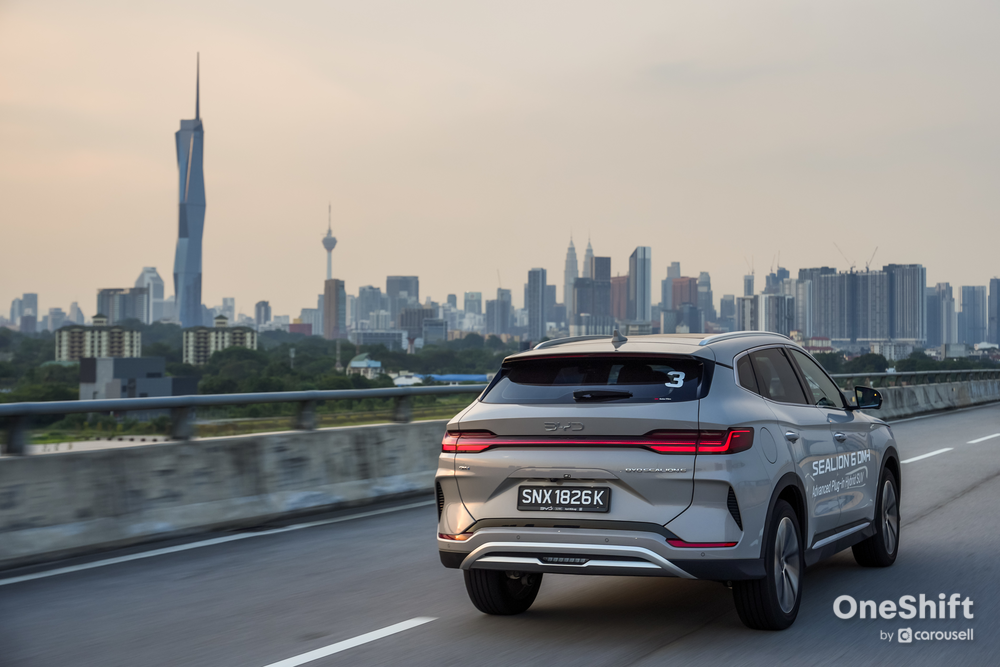
Interestingly, despite the power disparity between the two, the road tax only differs by $34 ($1100 for the Jaecoo versus $1066 for the BYD).
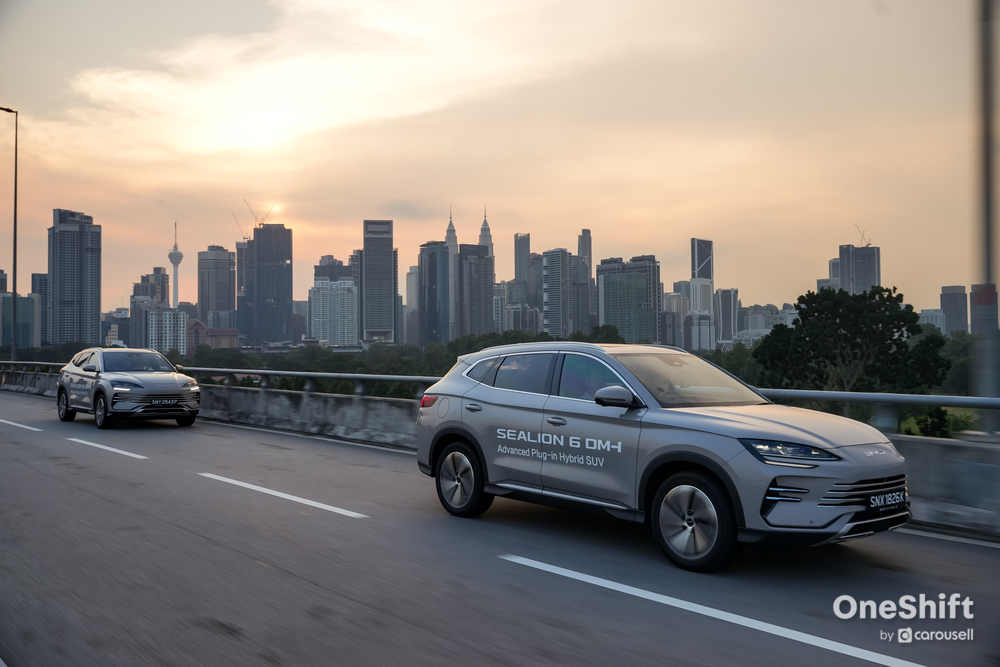
So what’s so special about the Sealion 6?
Like the Jaecoo J7, the Sealion 6 ushers in a PHEV revolution that makes you wonder why nobody adopted this solution in the first place.
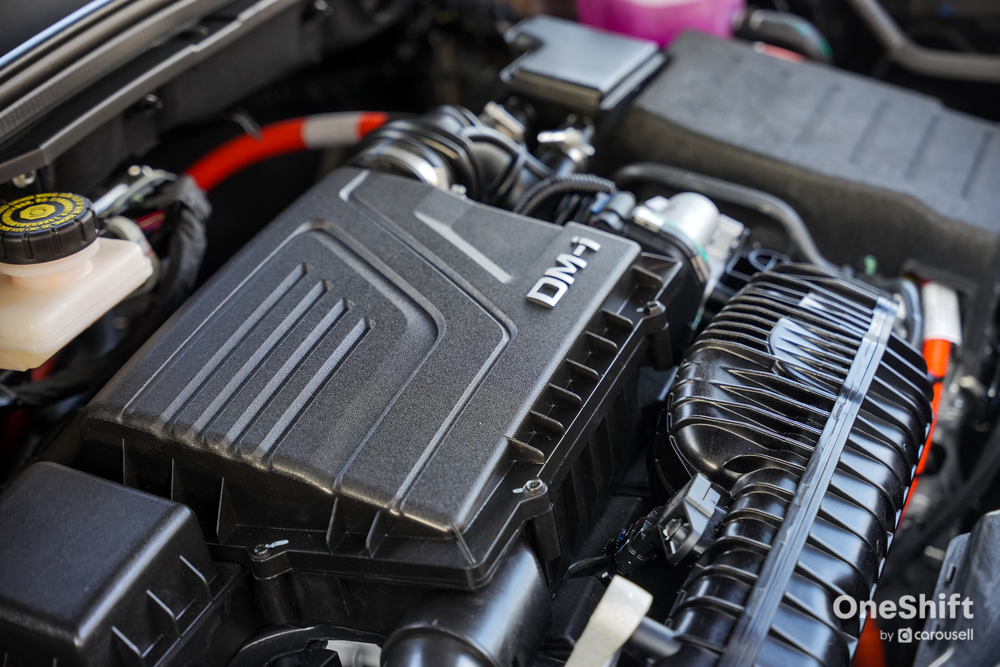
With a strong core competency in building EVs, DM-i has been designed to have an EV-first philosophy with the petrol engine operating more as a range extender.
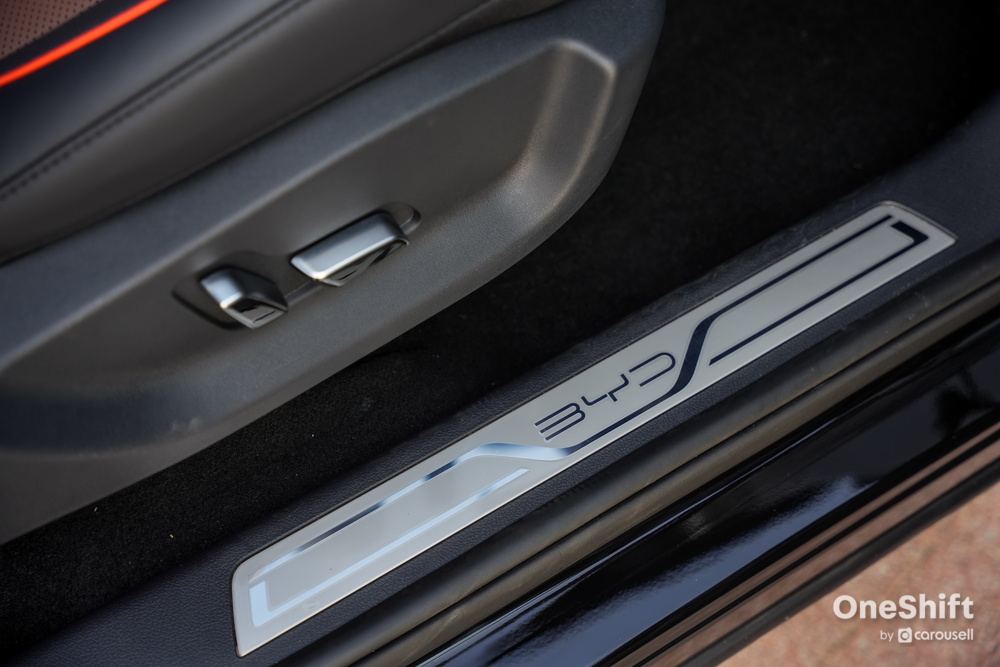
The benefit of this is that the EV range is 92 km (NEDC), a very usable distance for the sort of commutes we would do in Singapore.
How did the Sealion 6 do in the Malaysia road trip?
In our Malaysia drive, the battery depleted rather quickly from the beginning due to our driving on the North-South highway. But even dropping to a low of around 18%, the car still managed to achieve around 13km/l at the worst, and an average of around 15km/l.
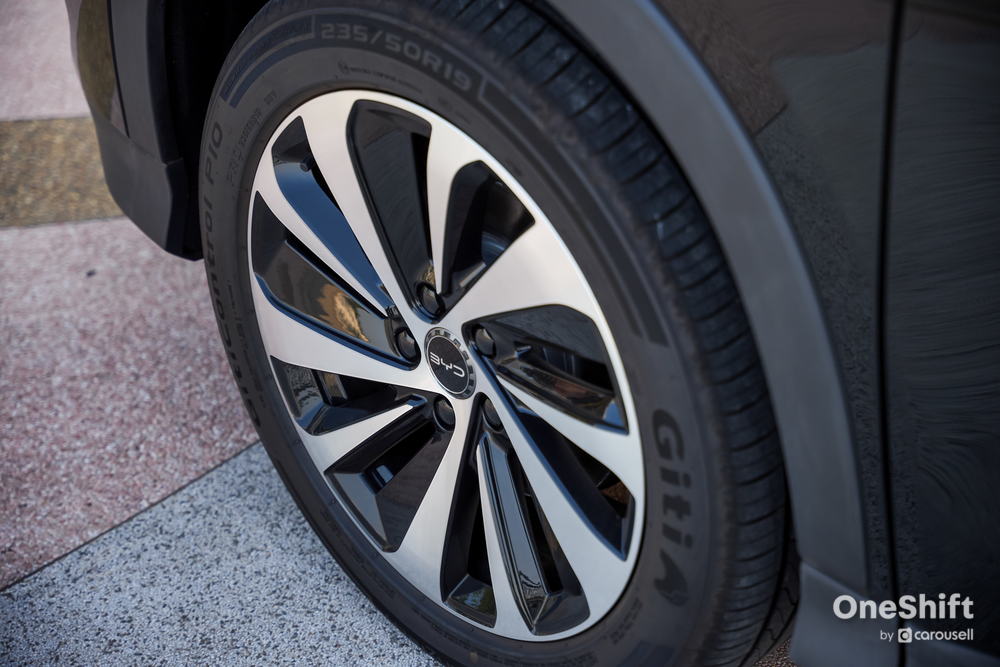
Even after a climb up Genting Highlands with the battery dropping to 13% SOC, the fuel consumption climbed ever so slightly to 14.5 km/l. At this sort of punishing conditions, the car limited its power output and let the ICE engine do all of the work in order not to deplete its battery. That’s about as inefficient as the car could get.
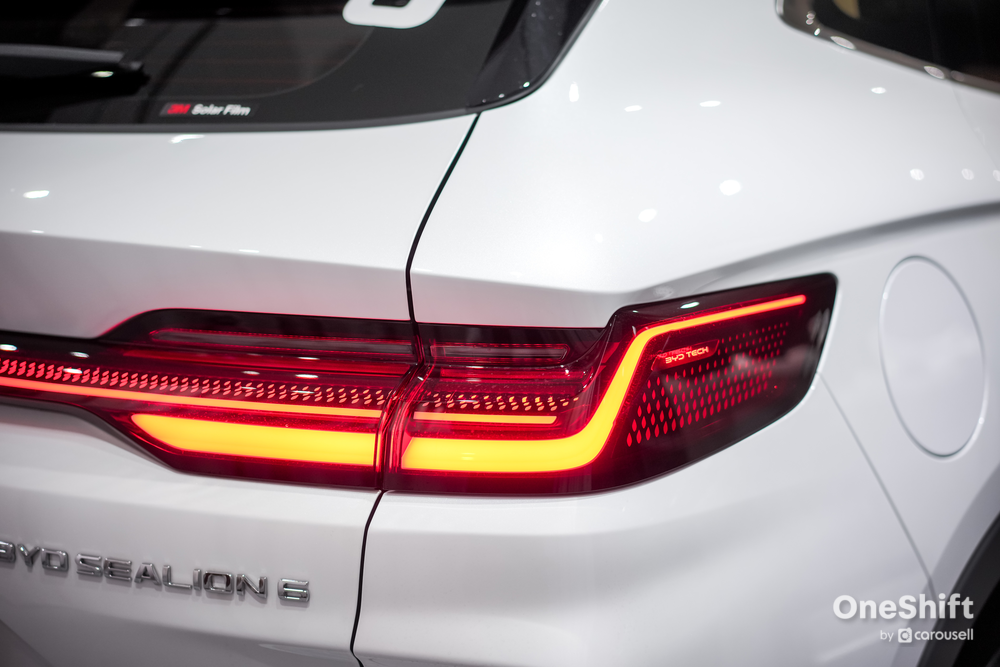
The beauty of these intelligent PHEVs is that even with a low battery charge, fuel efficiency doesn’t suffer so much. In fact, with some spirited driving, we saw the battery charge back up close to 30%.
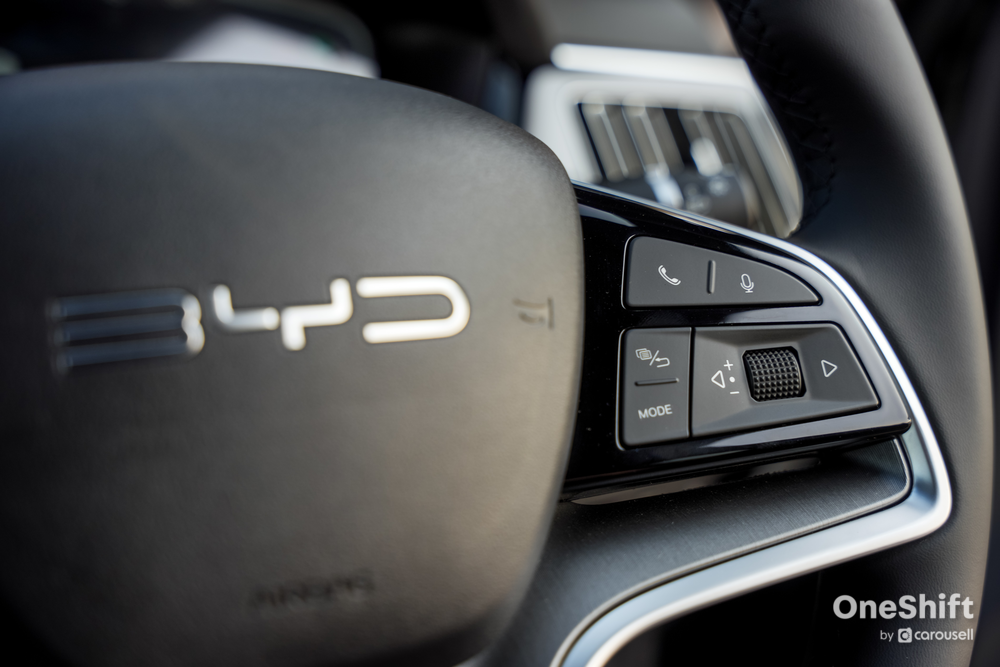
How does the Sealion 6 brake, steer and ride?
A key win for the Sealion 6 is how it manages its braking regeneration. It’s gentle even when set to high regeneration, and gives quite a natural braking feel. The Jaecoo J7 in comparison feels like it has braking from an arcade console.
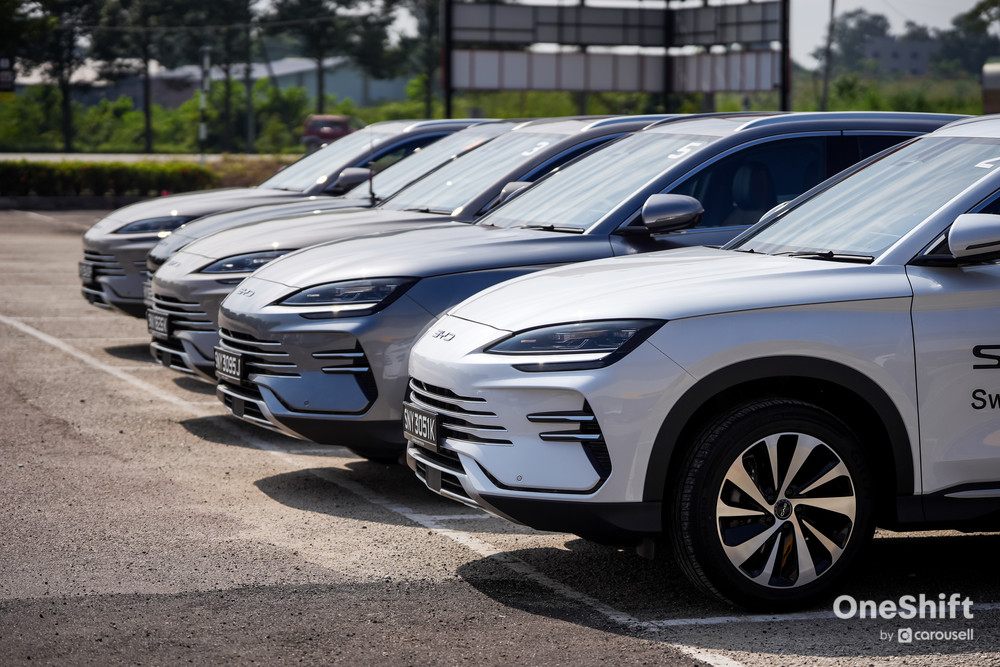
The steering weight is light but firms up with speed as well, giving the BYD a relaxed composure. The suspension is also tuned towards the softer side, giving a largely cosseting ride. Yet, on the twisty climbing roads up Genting, the car proves to be a very competent handler that won’t embarrass itself down a good road.
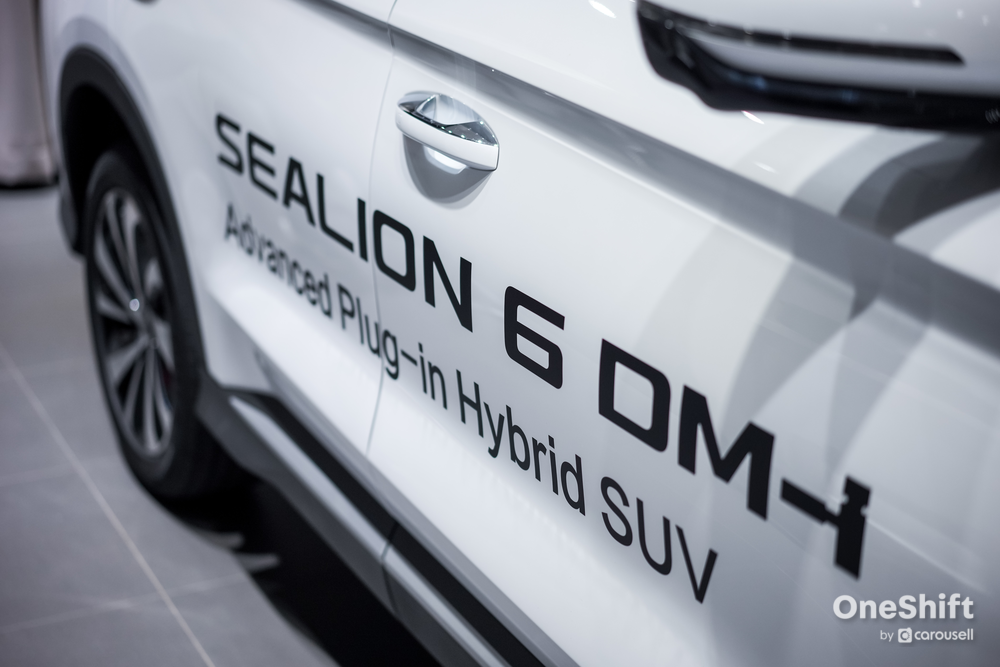
So, would you recommend the Sealion 6?
As a whole, the Sealion 6 feels resolved and complete, despite being a perceivably older product that’s probably half a generation behind the Jaecoo. In a market where new PHEVs are still limited, especially in the low $200k price range, the BYD will stand a good chance.

I would welcome an update to the Sealion 6 sooner rather than later though, especially after learning about the latest BYD DM-i systems that’s capable of more than 2,000 km of range in my recent visit to BYD’s home in Shenzhen.
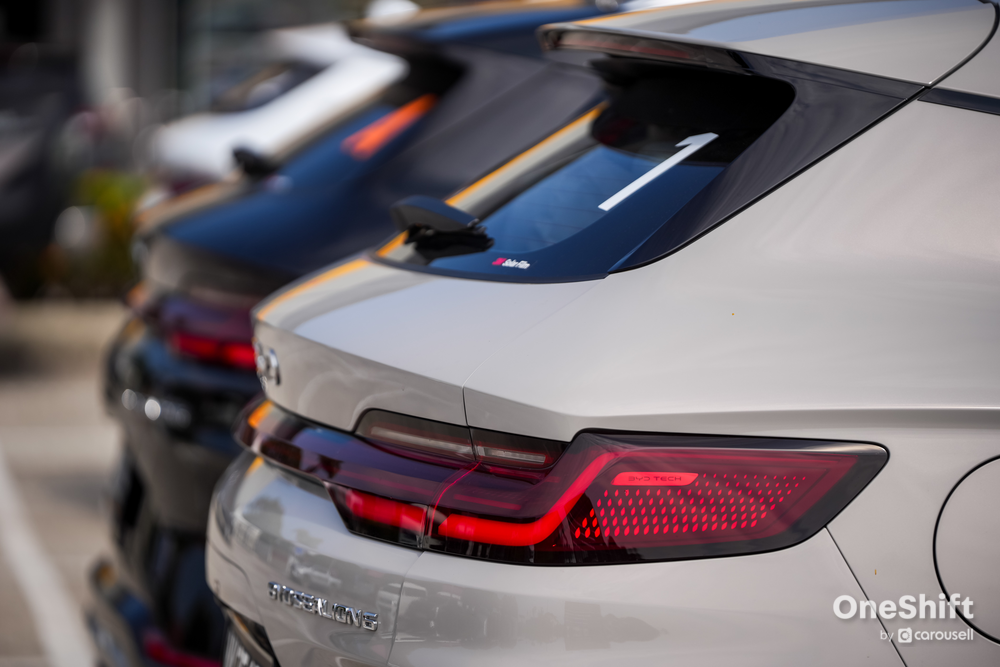
With such advances in PHEV technology, I hope that our government will recognise their benefits and extend some tax incentives to them as well in order to be more competitive versus electric vehicles.
Photos by BYD Singapore
---
Car you sell, Carousell. Get the highest quote for your car in just 24 hours, with assistance on paperwork too.

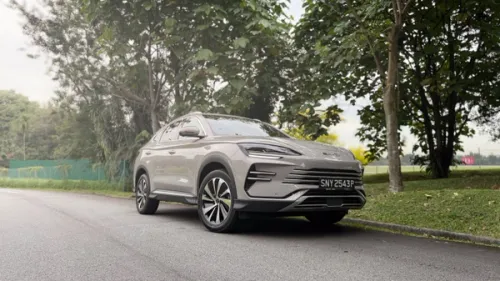
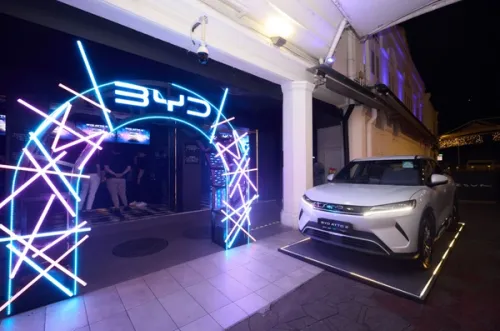





Get the Best Price for your used car
from 500+ dealers in 24 hours
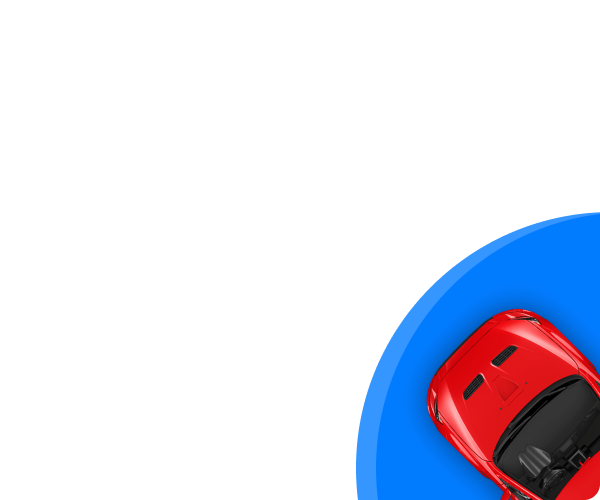
- Convenient and Hassle-Free
- Consumer Protection
Transparent Process
With No Obligation
